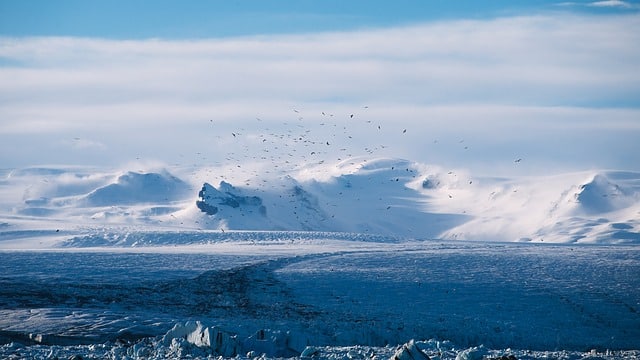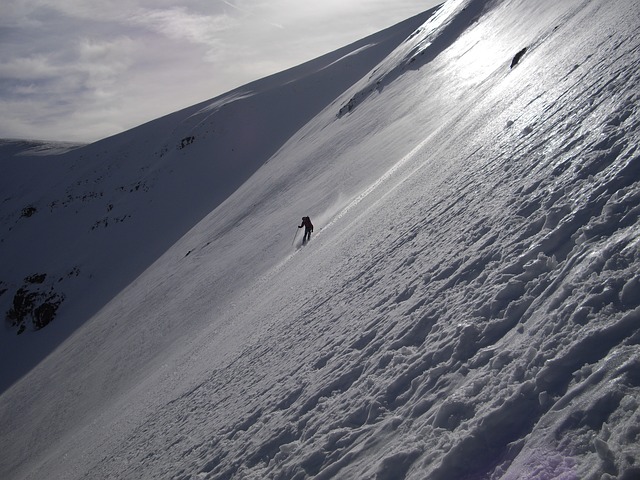
Glacierism is associated with the formation of glaciers
The set of phenomena that are linked to glaciers is known as glacierism . A glacier , meanwhile, is a body of ice that accumulates on the area of perpetual snow in a mountain range, whose lower sector slides slowly like a river.
Glaciation
It is important to mention that glacierism is often used as a synonym for glaciation . Both concepts may refer to the generation of glaciers and ice invasions that, in the distant past, occurred in several large regions.
Speaking in particular of glaciation, it is a very long period during which the temperature of the planet drops and this causes the glaciers and the ice sheet that floats in the seas of the poles to expand. In this context we must talk about different glacial periods , of which the most recent is known as the Würm , which began 110,000 years ago and lasted approximately one hundred millennia.
As an interesting fact, we should point out that according to the way in which the branch of physical geography called glaciology defines this concept, one of its main characteristics is that there are ice caps in both hemispheres (the south and the north). If this is so, then we are still in a glaciation today, since there are polar caps in both Antarctica and Greenland.
Relief modeling
The idea of glacierism is also often used to refer to the process of modeling a relief that is carried out based on a marked decrease in temperature , which produces the development of glaciers. In this way, if a sustained drop in temperature is recorded in an area, glaciers can form: that is, glacierism occurs.
Glacierism, therefore, is a consequence of the climate . When the glacier forms, it can grow due to the freezing of water, the precipitation of snow and the contribution of ice from an avalanche , for example. In turn, a glacier loses mass due to the calving of icebergs and evaporation. The difference between mass loss and gain is called glacial balance .
Quaternary glacierism
Although we can find evidence of glacierism in various geological eras, the so-called Quaternary glacierism is the most interesting for researchers because it is possible to observe its legacy in today's landscape . In any case, it is necessary to clarify that this name is also received by the Pleistocene , which should not be confused with the Holocene .
Pleistocene glacialism took place due to different Quaternary cold pulsations, or glaciations, which are the following: Gunz, Mindel, Riss and Würm . In recent times it is normal to accept the presence of one more, the one called Donan , which would be located before the other four.

One of the peaks of the Moncayo massif
Throughout all of them, in the Iberian Peninsula a large number of mountain peaks were included in the glacial area. The only relevant evidence of Quaternary glacierism that we find in the Iberian Mountains is the massif called Moncayo : the Castilla massif, also called Peña Negra , the Lobera and the Moncayo , whose altitudes are 2118, 2226 and 2316 meters, respectively. Towards the southeast it has lower peaks, such as Sierra del Taranzo and Sierra del Tablado.
global warming
This close link between glaciers and climate makes glacierism an object of interest to scientists and environmental defenders. Global warming , in this sense, affects glacierism and promotes the retraction and disappearance of glaciers. That is why efforts to mitigate and reverse climate change are very important for the planet.
